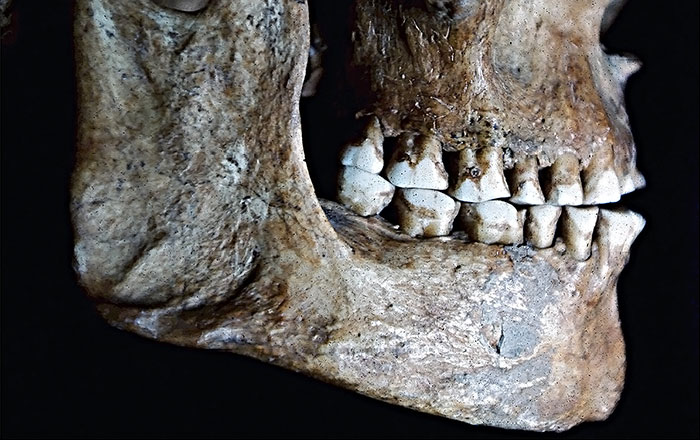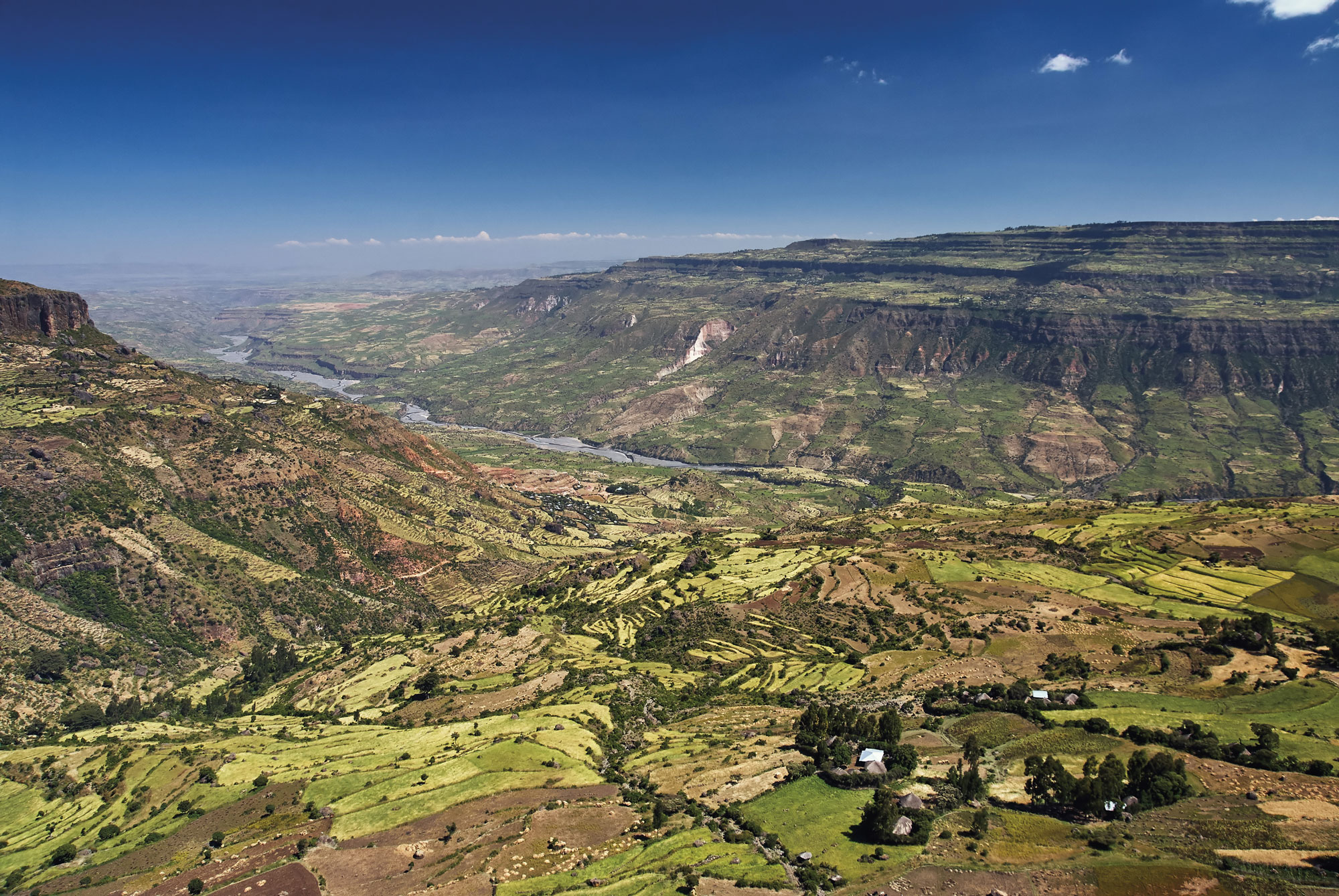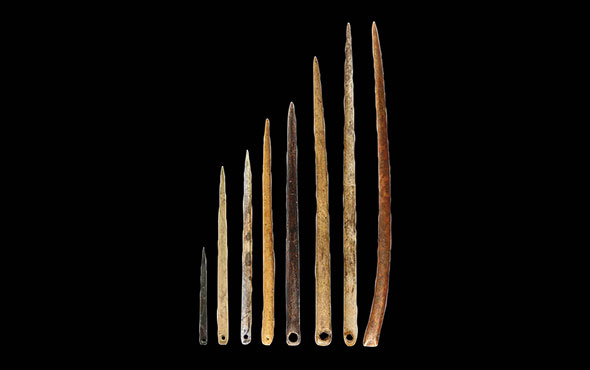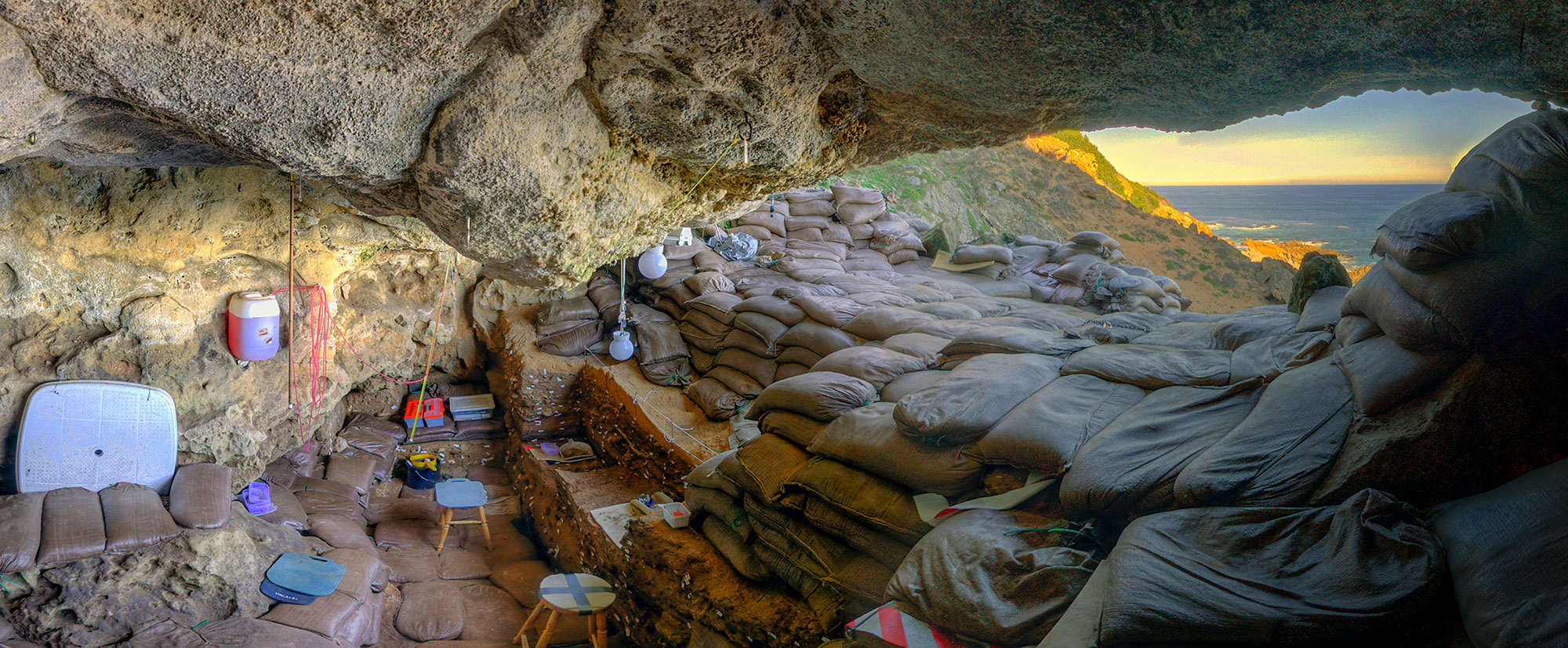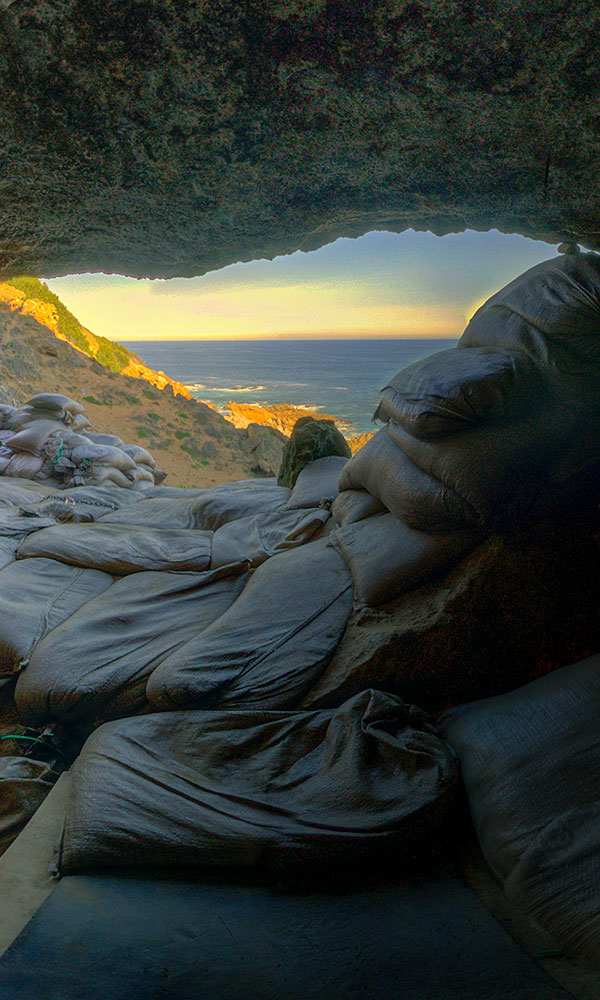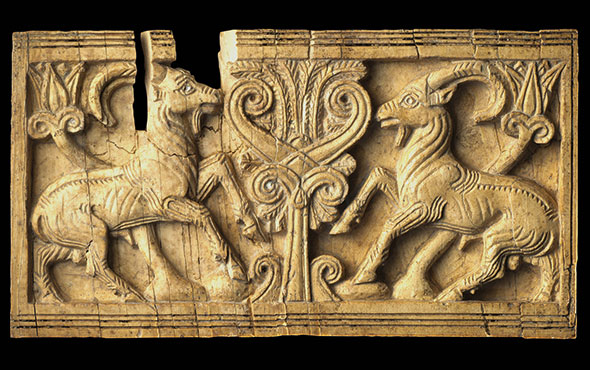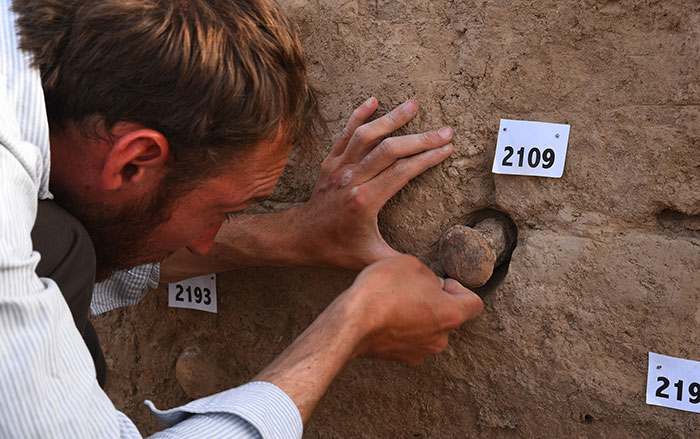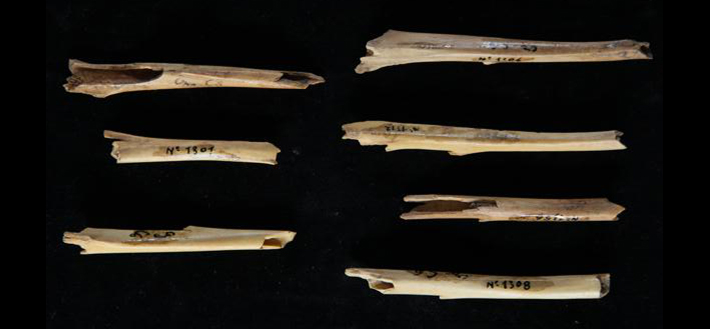
PETERBOROUGH, CANADA—Science News reports that human relatives living in Europe hunted small, fast-moving game some 400,000 years ago. It had been previously thought that members of the genus Homo hunted mainly large game until about 40,000 years ago. Researchers led by Eugène Morin of Trent University and Jacqueline Meier of the University of North Florida examined 21 sets of animal fossils and stone tools recovered from eight sites in southern France, ranging in age from 400,000 to 60,000 years old. They found remains of large numbers of rabbits and hares in all but one of them, and possible butchery marks were found on 17 of the sets of animal remains. Morin said colonies of rabbits were probably abundant in the Mediterranean region, and may have been easier to hunt than solitary hares. Dogs may have assisted hunters in the chase as early as 11,500 years ago, he added. For more, go to “The Rabbit Farms of Teotihuacán.”


